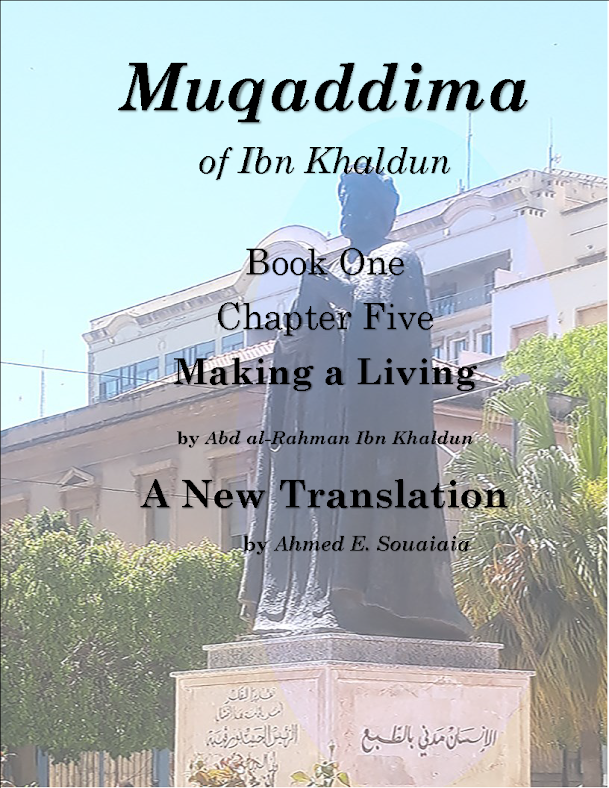It seems that the massacres in the coastal region of Syria compelled the governing regime and other factions to work out their differences faster.
The Syrian Democratic Forces (SDF), established in October 2015, is a coalition primarily composed of Kurdish fighters, with some Arab and other minority groups, operating in northeastern Syria. The SDF has been a key ally of the United States in the fight against ISIS, receiving significant military and logistical support. The group has also been involved in the establishment of the Autonomous Administration of North and East Syria (AANES), which has governed large parts of the region since the Syrian government lost control during the civil war.
The SDF's relationship with the Syrian government has been complex, marked by both conflict and occasional cooperation. The Syrian government, led by President Bashar al-Assad, has long viewed the SDF with suspicion, considering it a separatist movement that threatens Syria's territorial integrity. However, with the decline of ISIS and the shifting geopolitical landscape, including the partial withdrawal of U.S. forces from Syria, there has been increasing pressure on both sides to find a political solution.
Summary of the Agreement:
On Monday evening, the Syrian Presidency announced that an agreement had been reached to integrate the SDF into state institutions. The agreement aims to address key issues to ensure the rights of all Syrian citizens and maintain the country's unity. The executive committees are expected to implement the agreement by the end of the current year.
Key Points of the Agreement:
- Ceasefire: A nationwide ceasefire across all Syrian territories.
- Equal Rights: Guaranteeing the rights of all Syrians in state institutions based on merit, regardless of religious or ethnic background.
- Kurdish Rights: Recognizing the Kurdish community as an integral part of Syria, ensuring their constitutional rights and citizenship.
- Political Participation: Ensuring the representation and participation of all Syrians in the political process.
- Institutional Integration: Merging all civil and military institutions in northeastern Syria, including border crossings, airports, and oil and gas fields, under state administration.
- Return of Displaced Persons: Ensuring the safe return of all displaced Syrians and their protection by the state.
- Security Cooperation: Supporting the Syrian government in combating remnants of the previous regime and other threats to national security.
- Rejection of Division: Opposing calls for partition, hate speech, and attempts to sow discord among Syrian communities.
- Diplomatic Efforts:
- Earlier reports from informed sources indicated that Western diplomatic efforts and visits were underway to push for an agreement between Damascus and the SDF. These efforts aimed to prevent ISIS from exploiting the power vacuum following the fall of the previous regime or the anticipated U.S. withdrawal.
Previous reported
Last month, media outlets leaked information about a preliminary agreement between the SDF and the new Syrian administration. The leaked agreement outlined the integration of the SDF and security institutions of the Autonomous Administration into the structure of the Syrian army, as well as the reactivation of state civil and service institutions in northern and eastern Syria.
The agreement marks a significant step towards resolving the longstanding conflict between the Syrian government and the SDF. By integrating the SDF into state institutions, the Syrian government aims to strengthen its control over the northeastern region while addressing the rights and representation of the Kurdish community and other minorities. The success of this agreement will depend on the effective implementation of its terms and the continued cooperation of all parties involved.
More background
The recent agreement between the Syrian Democratic Forces (SDF) and the Syrian government, facilitated by US mediation, marks a potentially significant turning point in the Syrian conflict. This preliminary agreement, as outlined in the provided article, aims to cease military operations and foster national reconciliation. However, its implementation faces numerous complexities and uncertainties.
Central to this agreement is the integration of the SDF into Syrian state institutions.
The primary objective of this agreement, according to Kurdish sources, is to halt the ongoing war and facilitate the safe return of displaced persons. The Kurdish sources emphasized the need to stop demographic changes in areas like Afrin, Serekaniye, and Tel Abyad, reflecting a commitment to restoring the pre-conflict demographic balance. Furthermore, the agreement seeks to ensure the inclusion of Kurds and all Syrian components in the political process, promoting a more inclusive and representative governance structure.
Statements from key figures highlight the significance of this agreement. The SDF spokesperson stressed its preliminary nature and the US's essential role in its formation. The co-chair of the Syrian Democratic Council emphasized that the agreement is a step towards national reconciliation and transitional justice. The Syrian presidency’s announcement of the integration of the SDF into state institutions underscores the government’s commitment to this process.
However, the situation in northern Syria adds a layer of complexity. Turkey's military buildup in the regions of Tishrin and Qaraqozaq signals a potential escalation, threatening the stability of the region and the implementation of the agreement. This external factor highlights the delicate balance that must be maintained to achieve lasting peace.
The agreement between the SDF and the Syrian government represents a crucial step towards ending the conflict and fostering national reconciliation. However, the agreement's success hinges on overcoming significant challenges, including the implementation of its provisions, managing external pressures, and ensuring the participation of all stakeholders. While the agreement offers a glimmer of hope for a more stable and unified Syria, its long-term impact remains to be seen.


.jpg)
.jpg)


































No comments:
Write comments